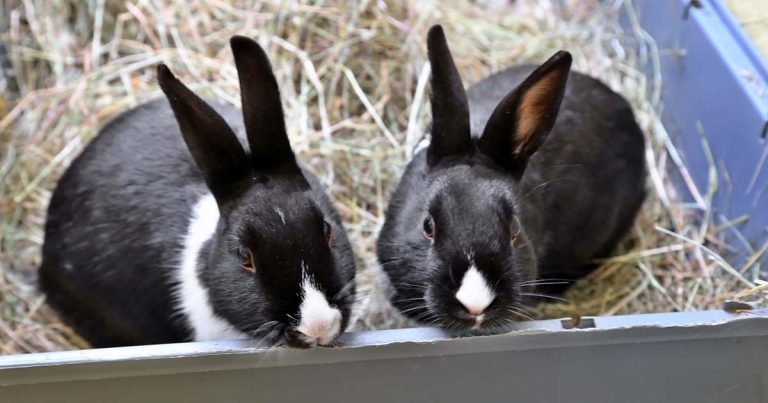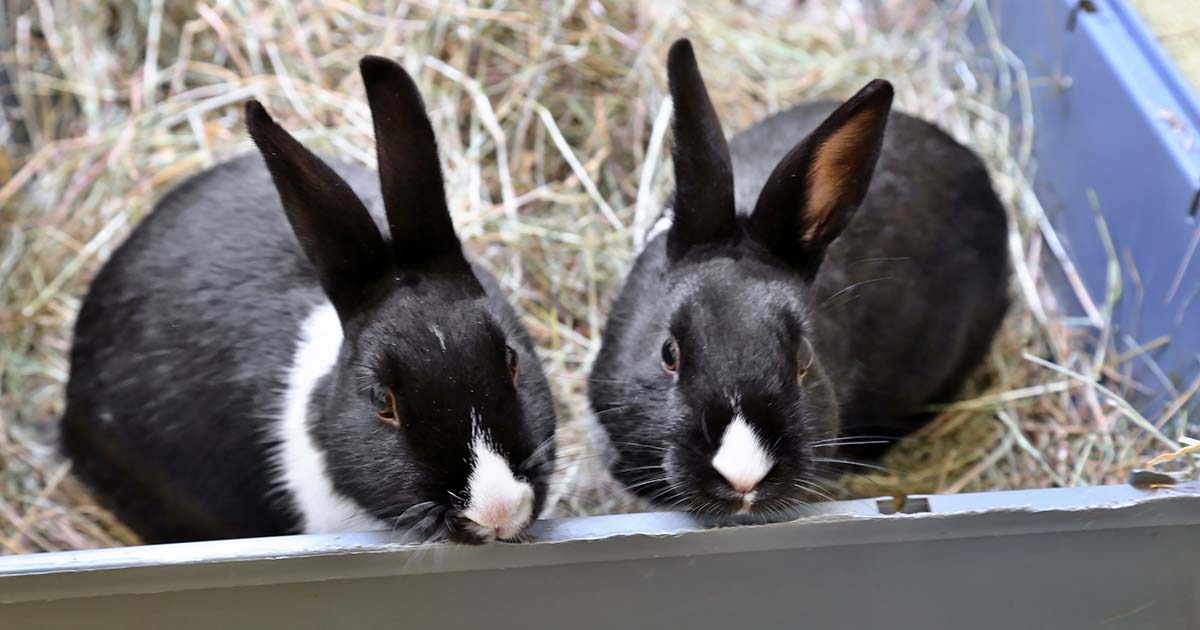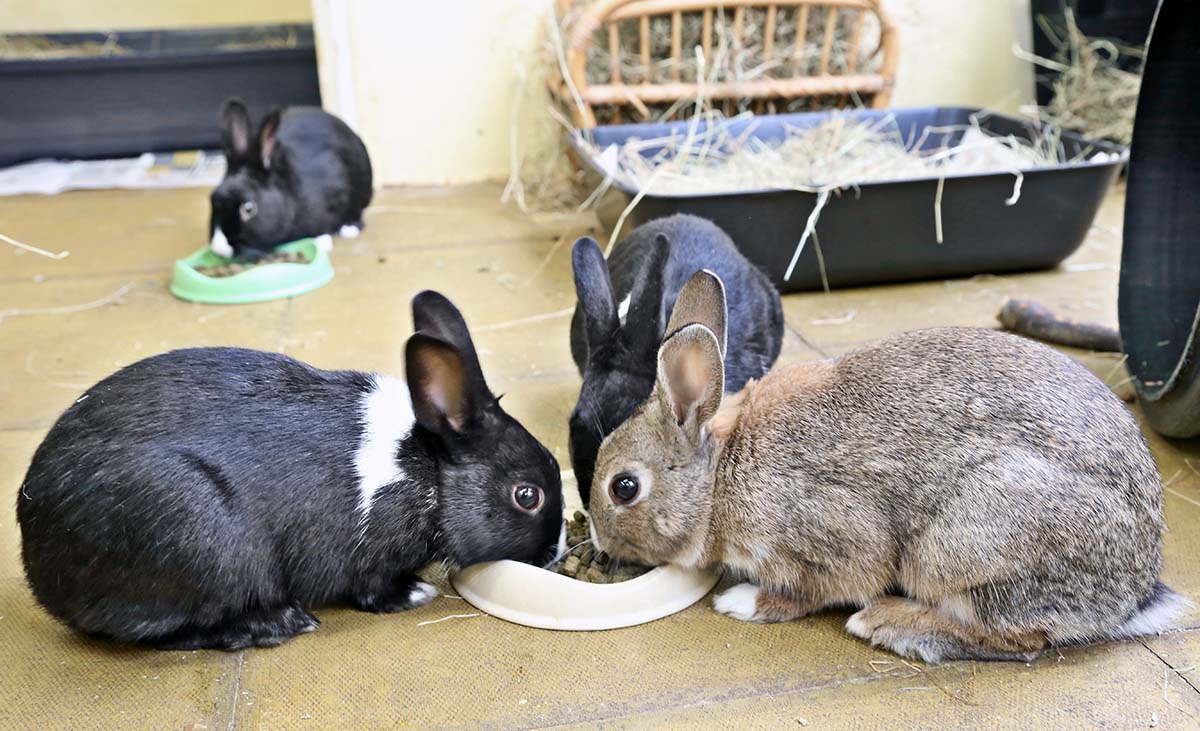11 Nov 2022
Guen Bradbury and Richard Saunders share findings from a questionnaire conducted by the Rabbit Welfare Association and Fund on this topic.

Figure 1. Rabbits need to live with other rabbits to have good welfare.
Imagine answering the telephone to an owner who is in tears. Their two dogs have fought in the house and the injuries are terrible. You advise them to bring the dogs in as quickly as they can.
When they arrive, it is obvious that the injuries are too severe to be surgically repaired. Surprised and shocked, you explain euthanasia is the only option.
Now imagine finding out that this happened so regularly that 40% of owners had needed to separate their dogs to prevent it. You might wonder why no one was talking about it.
While a pair of dogs or a pair of cats in the same household may occasionally fight, in the real world it is very rare for these fights to cause life-limiting injuries. Unfortunately, the same cannot be said for rabbits, which find themselves with an unfortunate Catch-22 – isolation is devastating to their welfare, but poorly formed bonds can result in severe injury or death (Figure 1).
The Rabbit Welfare Association and Fund (RWAF) wanted to be able to offer the best evidence-based advice to help navigate rabbit bonding and reduce the risks – in both the short term (fights) and the long term (isolation).

The RWAF asked owners, veterinary professionals and rescue centres about their experiences with different rabbit bonds, seeking information both about bond formation and bond breakdown.
In February and March 2020, three online questionnaires were sent out through the RWAF’s online mailing lists. A total of 1,218 unique owner responses, 82 veterinary professional responses and 22 responses from rescue centres were received. The full report is available onoine (Bradbury, 2020).

The authors’ recommendations for client advice include the following.